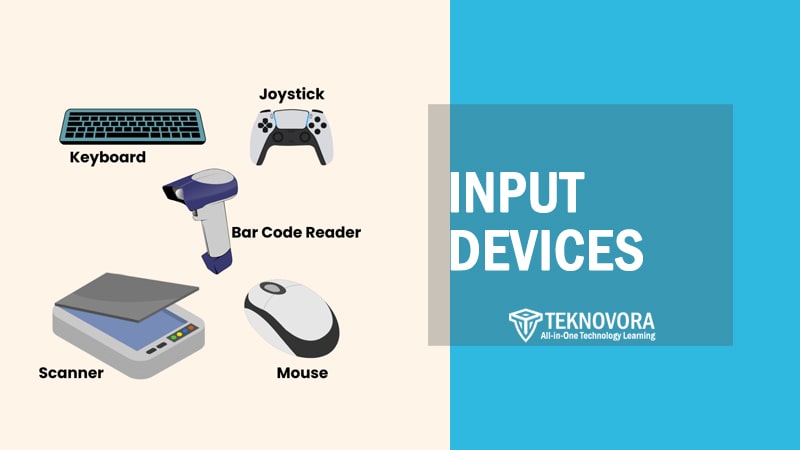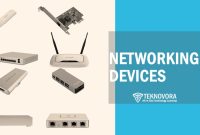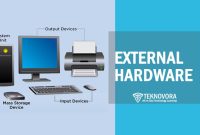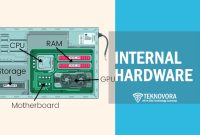When you tap a keyboard, move a mouse, or speak into a microphone, you’re using an input device — a bridge between human intention and machine action. Input devices of computer systems are essential for transforming physical actions, text, voice, and images into digital data that a computer can process. Without them, even the most powerful machines would remain idle, unable to respond or react to user commands.
In the broader realm of computer hardware, input devices stand out as the primary tools for user interaction. From the moment a computer is turned on, input devices serve as the starting point for virtually every task — whether it’s typing a report, browsing the internet, designing a 3D model, or playing a video game. They not only enable data entry but also facilitate communication between the user and the computer’s processing unit.
If you’ve ever wondered how computers understand what you type, touch, say, or scan — this guide is for you. Tailored for beginners, students, and curious minds, it unpacks the world of input devices in clear, practical language. You’ll discover what they are, the many forms they take, and how they’ve changed alongside modern technology.
We’ll also break down how input hardware stacks up against other essential components like output devices, storage units, and peripherals. From keyboards and touchscreens to fingerprint scanners and motion sensors, this guide connects the dots with real-world examples and a learner-friendly structure.
What Is an Input Device in a Computer?
An input device is any Hardware component that allows a user to enter data, commands, or signals into a computer system. These devices serve as the front line of interaction between humans and machines, enabling computers to receive external information in the form of text, audio, motion, or visuals. Without input devices, users would have no effective way to communicate with their systems, making the computer practically useless in real-world applications.
Technically speaking, input devices convert physical actions or environmental stimuli into digital signals that the computer can interpret. For example, when you press a key on a keyboard, it sends a coded signal to the CPU (Central Processing Unit), which processes that signal and produces an appropriate response, such as displaying a character on the screen. This process is what allows you to interact with software applications, control the operating system, and input data for processing and storage.
It’s important to distinguish input devices from output devices. While input devices are used to send data to the computer, output devices such as monitors and printers display or produce the result of processed data. Together, input and output devices form the foundation of human-computer interaction, each playing a distinct but equally vital role.
Some input devices also act as peripheral devices, meaning they are not embedded within the main computer unit but are connected externally via ports (USB, wireless, Bluetooth, etc.). Most modern systems support a wide variety of input methods to enhance accessibility, speed, and functionality. As computing needs evolve, so too do input technologies—extending beyond traditional devices to include touchscreens, biometric readers, voice recognition systems, and motion sensors.
Evolution of Input Devices Over Time
The development of input devices in computer systems has closely followed the evolution of computing technology itself. From bulky mechanical systems in early computing history to today’s sleek and intuitive interfaces, the transformation of input hardware reflects humanity’s constant push for faster, more accurate, and more natural ways to interact with machines.
The Early Days: Punch Cards and Keyboards
In the mid-20th century, input into computers began with punch cards—paper cards with holes punched to represent data. Used in systems like IBM mainframes, they were extremely limited in speed and practicality. The next step was the development of the keyboard, inspired by typewriters, which allowed users to input alphanumeric characters directly. Keyboards quickly became the standard input device for general computing and remain essential today, albeit with many variations like mechanical, membrane, virtual, and ergonomic types.
Rise of the Graphical User Interface and Pointing Devices
With the advent of graphical user interfaces (GUIs) in the 1980s, new input devices emerged to match the needs of visual computing. The mouse became a revolutionary tool, allowing users to interact with on-screen elements in a more intuitive way than using keyboard commands alone. Over time, trackballs, joysticks, and touchpads were introduced, each offering different styles of pointer control based on user preference and context.
Modern Interfaces: Touch, Voice, and Motion
The 21st century has brought an explosion of innovative input methods. Touchscreens, now common on smartphones, tablets, and even desktop monitors, allow users to interact directly with digital interfaces using their fingers or styluses. Simultaneously, voice input devices like microphones, powered by natural language processing, have grown into mainstream tools for both productivity and accessibility.
Furthermore, technologies like gesture recognition, biometric scanning, and motion-sensing input (used in gaming consoles and IoT devices) are expanding what input devices can do. These modern systems interpret physical actions, facial features, or environmental data as input signals, often with the help of artificial intelligence to increase accuracy and contextual awareness.
From punch cards to AI-assisted voice commands, the evolution of input devices is a reflection of how human-computer interaction has shifted from mechanical to natural, from static to adaptive. As new technologies like brain-computer interfaces emerge on the horizon, the future of input devices promises to be even more immersive and intuitive.
Why Input Devices Matter in Computing
At the core of every computer operation lies a simple cycle: input, process, output, and storage. Without input, there is no data to process—making input devices the essential starting point for all digital activity. Whether you’re writing an email, scanning a document, or issuing voice commands, input devices serve as the gateway between human intention and machine execution.
Input devices allow users to feed raw data and instructions into the computer system. This data may be textual (via a keyboard), visual (via a scanner or camera), auditory (via a microphone), or even motion-based (via sensors or gesture devices). Once received, the system’s central processing unit (CPU) interprets the data, processes it, and passes the result to output devices or stores it for later use.
What makes input devices particularly important is their role in usability and accessibility. A well-designed input system can improve user productivity, reduce errors, and expand access to technology for people with physical limitations. Touchscreens, voice input systems, and adaptive input tools have all made computing more intuitive and inclusive.
In advanced computing environments like digital design, gaming, data science, and artificial intelligence, specialized input devices allow users to interact with software in precise and complex ways. Devices like graphic tablets, 3D scanners, and biometric readers not only capture data but also enhance security, streamline workflows, and enable real-time feedback loops.
Simply put, input devices matter because they define how effectively humans can control and communicate with computers. Without them, the vast capabilities of modern computing would remain locked behind inaccessible interfaces.
Major Types of Input Devices
Input devices come in many forms, each designed to capture a specific type of data or user interaction. While some are general-purpose and used in everyday computing, others serve niche applications like gaming, accessibility, or industrial automation. Below are the most common categories of input devices, explained in depth.
Text Input Devices
Text input devices are primarily used to enter alphanumeric data into a computer. The most widely recognized example is the keyboard, which allows users to input letters, numbers, symbols, and commands. Modern variations include:
- Mechanical keyboards – favored by programmers and gamers for tactile feedback.
- Membrane keyboards – quieter and more affordable, common in office use.
- Virtual keyboards – software-based, often used on smartphones or touchscreens.
These devices are crucial for activities like writing documents, coding, and navigating via shortcut keys.
Pointing Devices
Pointing devices are used to control the on-screen pointer and allow for direct interaction with the graphical user interface (GUI). Common examples include:
- Mouse – the most prevalent pointing device, ideal for precise control.
- Trackball – a stationary alternative to the mouse, often used in limited desk spaces.
- Touchpad – integrated into laptops, allowing finger-based navigation.
- Stylus – used for handwriting or drawing input on tablets.
These devices are vital for tasks that require movement, selection, and manipulation of objects within a digital workspace.
Audio Input Devices
These devices allow users to enter sound into the computer, which is essential for communication, voice commands, and audio recording. Examples include:
- Microphone – the standard for voice input, podcasting, and video calls.
- Headsets with mic – combine audio input/output, often used for conferencing or gaming.
- Voice recognition systems – convert spoken words into text or commands using AI algorithms.
Audio input devices are increasingly used in smart assistants, transcription software, and hands-free computing environments.
Visual Input Devices
Visual input devices capture images or video and feed them into the computer system. They are used for documentation, video conferencing, and image processing.
- Scanner – digitizes physical documents or photos.
- Webcam – captures live video, often used in communication or surveillance.
- Digital camera – used to import high-resolution images and videos into editing software.
With improvements in resolution and real-time streaming, these devices are now essential in education, remote work, and content creation.
Gaming and Control Devices
Control-oriented input devices are designed for immersive or interactive applications like gaming, simulations, or specialized machinery.
- Game controller – includes buttons, joysticks, and triggers for gameplay.
- Joystick – used in flight simulators and arcade games.
- Steering wheel controllers – provide a realistic driving experience in racing games.
These devices emphasize precision, speed, and a tactile feedback loop, enhancing the realism and control of digital environments.
Biometric Input Devices
Biometric input devices use unique biological features to identify or authenticate users. These are increasingly used in personal security and workplace access systems.
- Fingerprint scanners – verify identity based on fingerprint patterns.
- Facial recognition cameras – scan and compare facial features.
- Iris or retina scanners – often used in high-security environments.
They are valued for their accuracy and convenience, minimizing the need for passwords or PINs.
Sensor-Based Input Devices
These devices capture input from environmental changes, often used in modern smartphones, Internet of Things (IoT) devices, and smart homes.
- Motion sensors – detect movement and gestures (e.g., used in VR headsets, fitness devices).
- Touch sensors – detect pressure or contact (used in touchscreens, kiosks).
- Light sensors – adjust screen brightness or activate automation systems.
These inputs are often processed in real-time and integrated with automation, enhancing interactivity and responsiveness.
Berikut adalah bagian “Specialized Input Devices”, ditulis dengan pendekatan profesional dan informatif untuk menjangkau pembaca dari kalangan pemula hingga teknolog praktis. Keyword turunan dan LSI dimasukkan secara kontekstual dan natural.
Specialized Input Devices
While most users are familiar with standard input hardware like keyboards and mice, there exists a class of specialized input devices designed for specific use cases, industries, or user needs. These tools often go beyond general-purpose functionality and serve to enhance accessibility, support precision input, or enable interaction in constrained environments.
Adaptive and Assistive Input Devices
Assistive technologies help users with physical disabilities interact with computers more effectively. These include:
- Braille Keyboards – Designed for visually impaired users, these keyboards have tactile feedback for Braille characters, allowing text input without relying on a screen.
- Sip-and-Puff Systems – Used by individuals with severe motor impairments, this device detects inhaling and exhaling patterns through a tube to emulate keyboard or mouse actions.
- Eye-Tracking Devices – These systems monitor a user’s gaze to control the cursor or select items on screen, widely used in accessibility software and research.
Such devices are essential in education, rehabilitation, and accessible workplace environments, aligning with principles of inclusive computing.
Industry-Specific Input Tools
Certain industries require input devices tailored to their operational demands, such as:
- Graphic Tablets (Digitizers) – Used by artists and designers to input detailed drawings with a stylus. These devices detect pressure, tilt, and movement for digital sketching.
- Barcode Scanners – Common in retail and inventory management, they read information encoded in barcodes and feed it directly into databases.
- Magnetic Stripe & Smart Card Readers – Used in banking and access control, these devices input encrypted information from cards into secure systems.
These specialized tools streamline workflows, reduce errors, and integrate seamlessly into sector-specific software and infrastructure.
Medical and Research Input Devices
In fields like healthcare and scientific research, accuracy and customization are critical. Examples include:
- EEG and ECG Sensors – Collect biological signals (brainwaves, heart rhythms) and send data into analytical software for diagnostics or real-time monitoring.
- Haptic Gloves and Sensors – Used in medical training simulations and VR environments to capture hand movement and pressure feedback.
- Foot Pedals – Often used in radiology or transcription to allow hands-free operation of software tools.
These devices play a vital role in data acquisition and simulation-based learning, where standard input hardware is insufficient.
Specialized input devices demonstrate how diverse and adaptable modern input technology has become. As computing spreads across all aspects of life—from classrooms and studios to hospitals and smart factories—input devices evolve to meet the unique demands of each environment and user.
Examples of Common Input Devices and Their Uses
Computers depend on a wide variety of input devices to handle diverse tasks. Below are ten of the most widely used input devices, each playing a vital role in everyday computing, business environments, or specialized workflows.
Keyboard

The keyboard is the most commonly used text input device. It allows users to enter letters, numbers, symbols, and commands into a computer system using a standardized layout, most often the QWERTY configuration. Keyboards are essential for virtually all tasks involving text — from writing documents and emails to coding, browsing, and even system navigation.
Modern keyboards vary in design and functionality. Mechanical keyboards provide tactile feedback and are favored by gamers and professionals, while membrane keyboards are quieter and often used in office environments. Virtual or on-screen keyboards are also common in touchscreen devices like tablets and smartphones.
Beyond basic typing, keyboards include shortcut keys and function keys that speed up tasks and enhance productivity. They are indispensable for any computing system that requires manual data input and remain one of the primary tools for human-computer interaction.
Mouse

The mouse is a pointing device used to control the position of the on-screen cursor. It allows users to navigate graphical interfaces, select objects, drag files, and interact with software through clicks, scrolls, and movements. It is one of the key devices for personal computers, especially in desktop environments.
Most modern mice are optical, using LED light to detect movement across a surface. Variants include wireless mice, trackballs, ergonomic designs, and gaming mice with customizable DPI settings. Touch-sensitive mice also allow gesture-based controls.
The mouse revolutionized computing by enabling the graphical user interface (GUI), making computers more accessible to non-technical users. It’s particularly valuable in tasks like web browsing, graphic design, spreadsheet manipulation, and general navigation.
Microphone

A microphone serves as an audio input device, capturing sound waves and converting them into digital signals for the computer. It is widely used for communication, voice recognition, podcasting, video conferencing, and content creation.
In recent years, microphones have become integral to voice assistants and natural language processing tools like Siri, Google Assistant, and Alexa. They allow users to interact with computers and smart devices using voice commands — enhancing accessibility and multitasking.
High-quality microphones are essential for professional audio recording and broadcasting. In contrast, built-in mics in laptops or webcams are sufficient for everyday communication. Some headsets combine microphones and headphones for gaming or conferencing.
Scanner
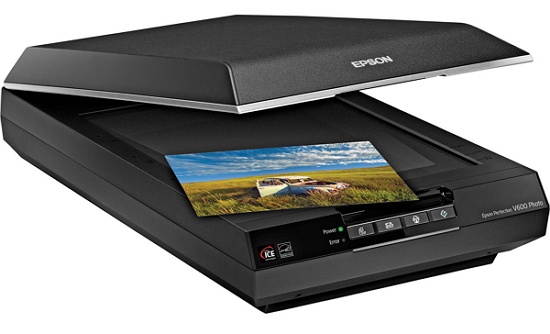
A scanner is a visual input device that digitizes physical documents, photographs, or artwork into electronic format. Flatbed scanners, handheld scanners, and sheet-fed scanners are common types, each suited to different applications.
Scanners are widely used in offices, schools, and creative industries. In business, they help convert paperwork into searchable PDFs, reducing physical storage needs. In art and design, scanners are used to capture detailed images for editing or archiving.
Some modern multifunction printers include scanning capabilities along with printing and copying. Optical Character Recognition (OCR) software can be paired with scanners to convert scanned text into editable formats, increasing their utility in document management systems.
Webcam
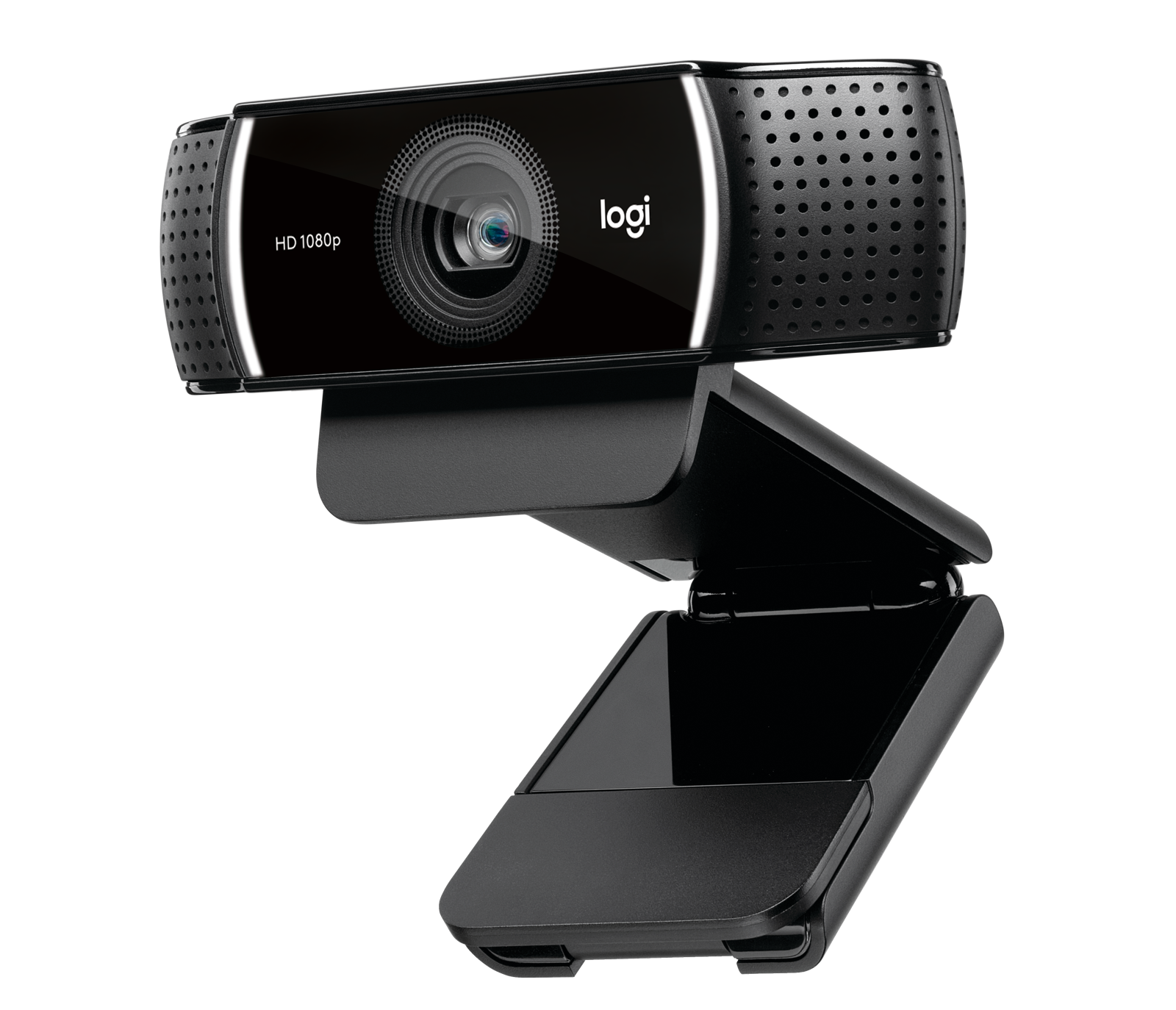
A webcam captures live video and streams it directly to the computer. Commonly embedded in laptops or mounted externally, webcams are widely used for video calls, online meetings, content creation, and surveillance.
Webcams vary in resolution, frame rate, and lens quality. While built-in webcams are sufficient for casual use, professional streamers, educators, and content creators often use external hardware like HD webcams or DSLR camera setups for better image quality.
Webcams also support security applications like facial recognition login systems, motion detection, and remote monitoring. As remote work and virtual learning become more common, webcams have become a staple component in digital communication.
Game Controller
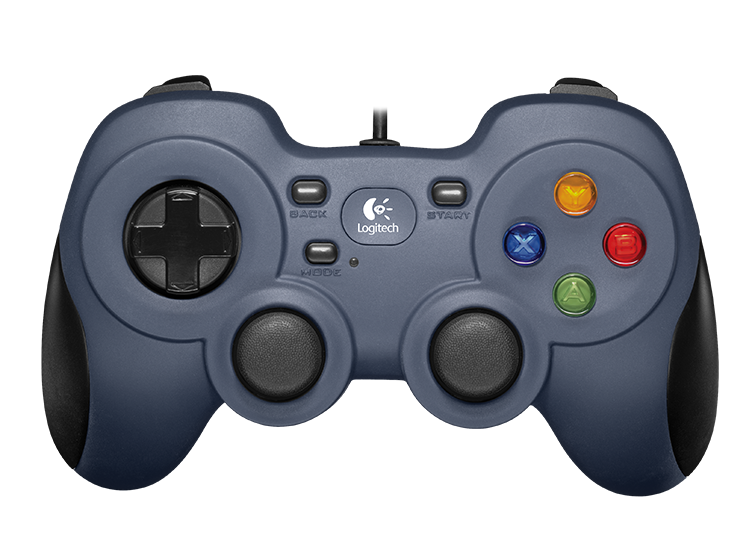
A game controller, also called a gamepad, is designed for real-time input in video games. It typically includes directional pads, joysticks, buttons, and triggers, allowing players to control characters or actions on-screen with precision.
Game controllers are essential in console gaming but are also compatible with PCs and mobile devices. Modern controllers feature vibration feedback, wireless connectivity, and ergonomic designs for comfort during extended play sessions.
Specialized variants like steering wheels or flight joysticks enhance realism in racing or simulation games. These input devices prioritize tactile feedback and responsive interaction, making them ideal for immersive environments.
Touchscreen

A touchscreen combines input and output in one interface, allowing users to interact with digital content through direct touch. It recognizes gestures like taps, swipes, and pinches, eliminating the need for a separate mouse or keyboard.
Touchscreens are used in smartphones, tablets, kiosks, ATMs, and even some laptops and desktop monitors. They are intuitive and user-friendly, especially for applications like point-of-sale systems, digital signage, and mobile apps.
Capacitive touchscreens (found in modern smartphones) are highly sensitive and support multi-touch. Resistive touchscreens, though less sensitive, are more durable and used in industrial environments.
Graphics Tablet

A graphics tablet, also known as a digitizing tablet, is an input device used mainly by artists and designers to draw directly onto a digital canvas using a stylus. It detects pen pressure, tilt, and speed, offering a high degree of precision.
Popular brands like Wacom and Huion offer tablets in various sizes and price points. Professional models include screens (pen displays), while others map pen strokes to the monitor. These devices integrate seamlessly with design software like Adobe Photoshop, Illustrator, or CorelDRAW.
Graphics tablets provide an intuitive and natural drawing experience, making them a standard tool in fields like animation, architecture, game design, and industrial prototyping.
Fingerprint Scanner

A fingerprint scanner captures and identifies unique fingerprint patterns for authentication purposes. This biometric input device enhances security by allowing only authorized users to access a system or device.
Fingerprint scanners are common in smartphones, laptops, corporate access systems, and secure file storage applications. They are preferred over passwords due to their convenience and reduced risk of credential theft.
Modern scanners use optical, capacitive, or ultrasonic technology to read fingerprint ridges and valleys. These systems often integrate with operating systems (e.g., Windows Hello) and mobile payment systems for fast, secure access.
Motion Sensor
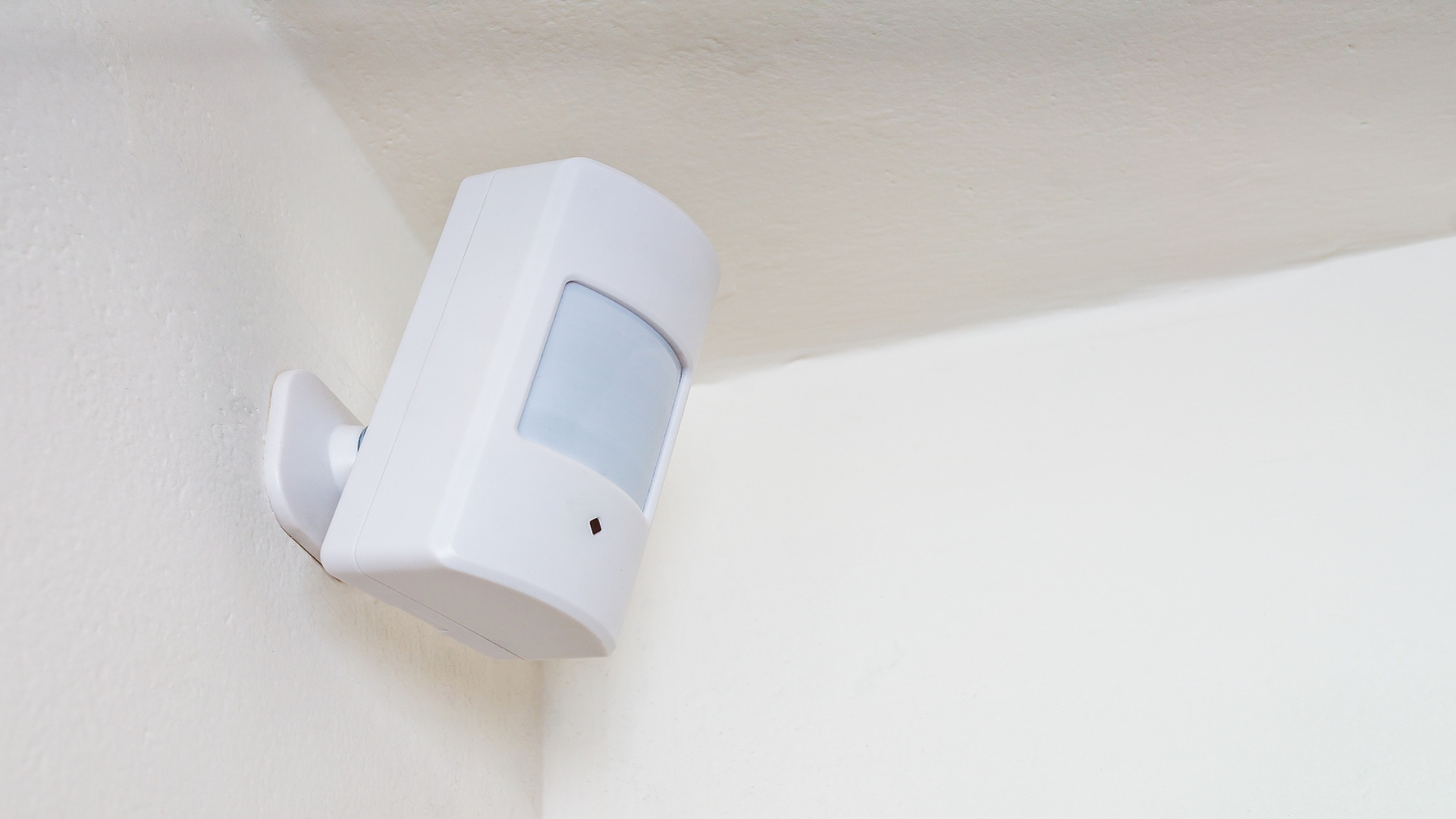
A motion sensor detects physical movement or gestures and translates them into digital commands. Often used in gaming, virtual reality (VR), and IoT systems, motion sensors capture input without requiring direct touch.
Devices like Microsoft Kinect or VR controllers use infrared and depth-sensing technologies to track body movement in real time. These inputs can control games, manipulate 3D environments, or trigger automated responses in smart homes.
Motion sensors also appear in smartphones to detect orientation, in cars for safety features, and in automation systems for hands-free interaction.
Difference Between Input Devices and Other Computer Components
To fully grasp the role of input devices, it’s important to compare them with other essential computer components such as Output Devices, processing units, storage devices, and peripheral devices. Each serves a distinct function in the overall computing process, and while they often work together seamlessly, their responsibilities are clearly divided.
Input vs. Output Devices
Input devices send data into the computer, while output devices take processed data and present it to the user. For example, a keyboard inputs text, while a monitor displays that text on screen. Output devices include monitors, printers, speakers, and projectors. Both this types of computer hardware are fundamental to the I/O (input/output) cycle in computing.
Input Devices vs. Processing Devices
Processing devices, such as the CPU (Central Processing Unit) and GPU (Graphics Processing Unit), are responsible for interpreting and transforming input data into meaningful results. Unlike input devices, they don’t interact directly with the user but perform the logical operations behind the scenes. While input devices collect data, processors compute, analyze, or transform that data.
Input Devices vs. Storage Devices
Storage devices are used to retain data—either temporarily or permanently. This includes hard drives (HDDs), solid-state drives (SSDs), and USB flash drives. Input devices introduce data; storage devices preserve it for future retrieval or use. For example, a scanner inputs a document, and the file can then be stored on an SSD.
Input Devices vs. Peripheral Devices
While all input devices are technically Peripheral Devices, not all peripheral devices are input-related. A peripheral device is any external device connected to a computer system—this includes input (keyboard, mouse), output (monitor, printer), or storage (external drives). The key difference lies in their function, not in their physical connection or location.
Comparison Table
| Category | Function | Examples | Direction of Data Flow |
|---|---|---|---|
| Input Devices | Enter data into the system | Keyboard, mouse, scanner, microphone | From user → computer |
| Output Devices | Display/Deliver processed data | Monitor, speaker, printer | From computer → user |
| Processing Devices | Process data and execute instructions | CPU, GPU, motherboard | Internal data handling |
| Storage Devices | Store data (temporarily or permanently) | HDD, SSD, flash drive | Bidirectional (read/write) |
| Peripheral Devices | Extend system capabilities | Keyboard, monitor, USB drives, external GPU | Can be input/output/storage |
By understanding how input devices differ from other hardware categories, users can better appreciate how data flows through a system—from input, to processing, to output or storage. This foundational knowledge is critical for anyone building, using, or troubleshooting computers.
Conclusion
Input devices form the critical gateway between users and the digital world. Whether you’re typing a message, drawing a concept, recording your voice, or navigating a game, these tools are what make interaction with computers possible. Their diversity—from the humble keyboard and mouse to advanced tools like biometric scanners and motion sensors—reflects the breadth of human-computer interaction in modern life.
Understanding the types, functions, and examples of input devices not only helps in choosing the right tools for specific tasks but also reveals how deeply they are integrated into everyday workflows—whether in education, business, design, healthcare, or personal use. As input technology continues to evolve, becoming faster, smarter, and more intuitive, it opens new possibilities for accessibility, productivity, and creativity.
For learners and professionals alike, knowing how input devices work—and how they differ from output devices, storage devices, and processing units—is fundamental to mastering computer systems as a whole. Whether you’re building a PC, setting up a workstation, or simply learning the basics, input devices are the first step to understanding how computers respond to us.
Frequently Asked Questions About Input Devices of Computer
What is the main purpose of input devices in a computer?
Input devices serve as the primary way for users to communicate with a computer system. Their main purpose is to capture data—whether it’s text, audio, video, gestures, or commands—and send it to the computer for processing.
Without input devices, computers would not receive any instructions or data, making them essentially unusable. Whether you’re typing an email, giving a voice command, or scanning a document, the process starts with input hardware.
Can a device be both input and output?
Yes, some devices have both input and output functions. These are known as I/O devices. A good example is a touchscreen, which allows you to input data by touching the screen (input) and simultaneously displays content (output).
Another example is a headset with a microphone and speaker. These hybrid devices are common in modern computing where space and functionality are optimized into single units.
Are all peripheral devices considered input devices?
No, not all peripheral devices are input devices. While input devices are a type of peripheral, the term “peripheral device” broadly includes input, output, and storage devices that are connected to a computer externally.
For example, a monitor is an output peripheral, while a USB flash drive is a storage peripheral. The classification depends on the direction and function of the data flow.
How do input devices affect user experience?
Input devices significantly impact how intuitive, efficient, and accessible a computer is. Devices that are ergonomic, responsive, and appropriate for the task at hand can dramatically improve productivity and reduce fatigue.
Inaccessible or poorly designed input systems, on the other hand, can lead to user frustration, errors, and even health issues like repetitive strain injury (RSI). That’s why selecting the right input device—especially in professional or assistive settings—is crucial to delivering a positive user experience.
What are some emerging trends in input device technology?
Emerging trends include gesture-based controls, voice recognition, eye-tracking, and brain-computer interface (BCI) technologies. These innovations aim to create more natural, hands-free, and immersive interactions with machines.
In industries like gaming, VR, and accessibility, smart input devices are becoming increasingly intelligent—capable of adapting to context, environment, and individual user behavior. The future of input devices lies in seamless integration with AI and context-aware computing.

